Tempelhof Manor and Tempelmühle aka Belsmühle
REVISED 17 Jul 2023
This post was first written and published with the title “Behlsmühle,” on July 23, 2021 – just about two years ago. I published it knowing that there was a piece of the puzzle missing. I could not match the map showing the location of the mill with the chalk picture shown below. Where were the hills leading up to the chapel? But what was the answer? A few weeks ago I was contacted by a generous man who lives in Oedekoven, and he kindly assisted me in sorting it out. Setting me straight.
So let’s begin again.
I was introduced to Tempelhof Manor in 1999 while visiting with Arthur Ellenbecker, the grandson of the Fassbender patriarch and immigrating ancestor, Peter Joseph Hubert Fassbender. As we sat talking in his home – the very home his grandparents purchased when they “retired” in 1901 to Appleton, Outagamie, Wisconsin – he stood up to take a picture off his wall. We immediately offered to assist him, but he brushed off the help stating that it wasn’t heavy, as he had dropped it a while back and the glass had broken.
Handing the framed image to us, he continued with the story. We had been talking about his great-grandparents, Johann Faßbender and Salome Barbara Bel. The image he handed us was a chalk drawing of the property in Oedekoven, Germany, owned by his maternal great-great-grandfather, Joseph Bel. Arthur told us that before his marriage, his great-grandfather, Johann, had lived in an apartment behind the “third upper window from the right.”
The property was known as Tempelhof Manor.
The manor originally belonged to the Hospital of St. John and St. Cordula in Cologne run by the monks of the Johannites. The monks were descendants of the Tempel-Knights who operated many hospitals along the roads leading to the Holy Land and the Temple of Jerusalem. The history of this property is long and filled with land leases of the vineyards and farmland, the French conquering the Rhineland during the French Revolution [1789-1799], and confiscating the property of the churches and monasteries of the region.
But the house…
The two-story manor house is the oldest part of the building, being built with “field-fired bricks with window embrasures in house stones.” The chapel was added in 1755 and was consecrated that same year. In 1756 the farmyard with a large gateway was constructed. Using the same materials as the manor house, the two-story building had a cellar for the storage of wine and fruit. A keystone was placed on the basket arch gateway, showing the arms of the Knights of St. John, and included the date, 1752 [7?]1. The agricultural area surrounding the property was large, including 12 1/2 acres of “arable” land, four acres of vineyards, and one acre of meadow.2
The French held Tempelhof Manor and other properties as a veterans’ endowment until first in 1804 and then again in 1808 when the lands were sold at public auction. In 1808 on July 21st, Joseph Bel, a merchant from Bonn, purchased for the sum of 48,400 francs, Tempelhof Manor and the Chapel, and Tempelmuhle a seed oil mill a short distance away on the Hardtbach River. Included in his purchase were 22.17 hectares of field, 1.66 hectares of vineyards, and 2.85 hectares of meadows. One hectare equals 2.471 acres.3
In 1812, while the French were still in power, Joseph became “Mair von Oedekoven,” and was mayor of the 14 villages that comprised the Borough of Oedekoven. He held this position for two years.4
Joseph did not live to see his daughter Salome Barbara marry Johann Faßbender on April 19, 1838, as he died at age 66, six months before the marriage, on September 12, 1837.5 His later years had been spent as a Gutsbesitzer, or “Gentleman Farmer.”6
A fire in 1864 burned part of the farmyard to the outer walls, damaging the adjoining manor house. The courtyard was not rebuilt. It was at this time that the chapel was decommissioned, and the altar and pictures were transferred to the Oedekoven chapel, St. Mary’s Marriage. Following the fire, and until World War II, the chapel housed the wine press. At some point during the war, it was set on fire by children playing in the room.
Two sides of the chapel still existed in 1956 when a reconstruction of the building took place. The chapel door leading to the street was bricked over, and the coat of arms which was above the door was removed and embedded in the wall of the chapel. Today the manor house is a residential building.7
The oil mill, known as Tempelmühle is located a short distance away on the Hardtbach River. The mill had a long history in Oedekoven before Josef Bel purchased it in 1808. The mill, now known as Belsmuhle, was still in the Bel family in 1978. In 1984 the manor house was given Monument status. While the house and the mill’s wheel still stand, the rest of the property has been converted into a multi-family housing complex.
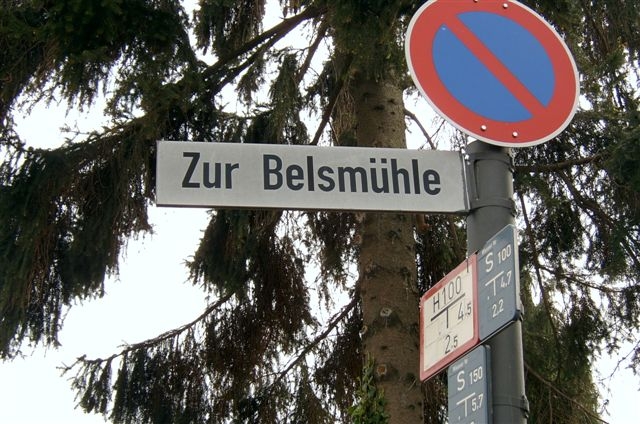
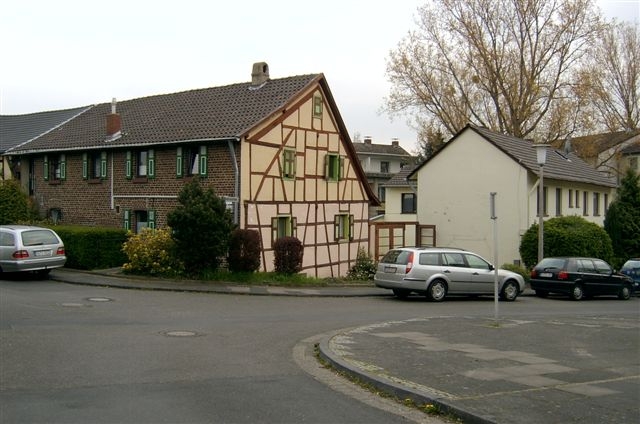
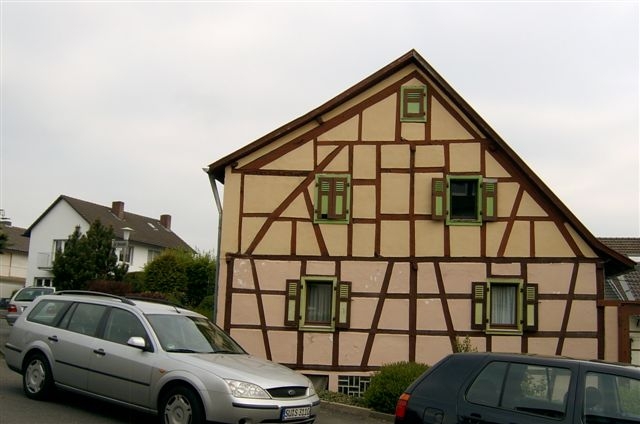
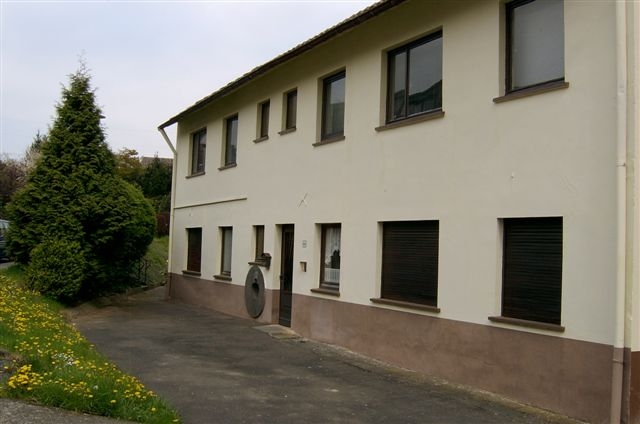
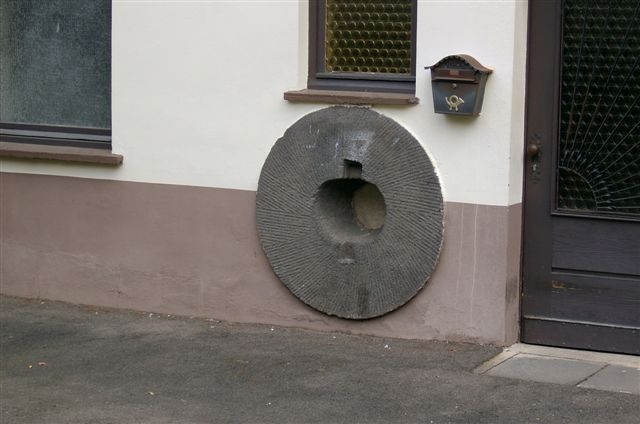
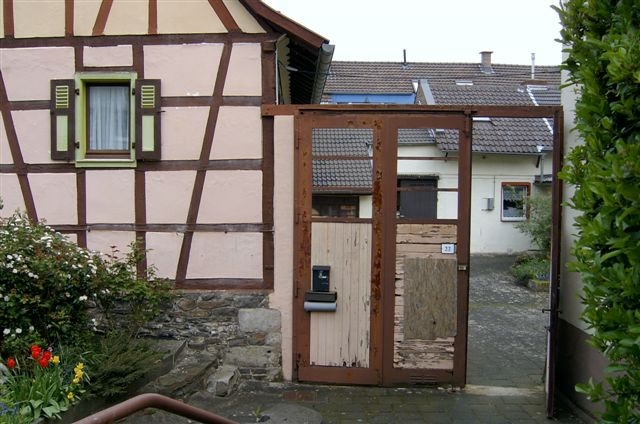
Sources:
- The keystone still exists, and while the numbering looks to be 1752, the building was not begun until 1756, so is it a 7? Or was the manor house built in 1752?
- Robert Thomas, Geschichte des Ortes und der Bügermeisterei Oedekoven: History of the Village and Borough of Oedkeoven (N.p.: Hrsg. von Gemeinde Alfter/Pfarrgemeinde St. Laurentius, Lessenich, 1978), p. 90.
- Thomas, Geschichte des Ortes und der Bügermeisterei Oedekoven, p. 92.
- Karl Wüllenweber, “Josef Bell,” email to Susan Sternitzky Fassbender, 23 Nov 1999.
- Administrative District Cologne, Community Oedekoven, Germany, death certificate no. 68 (1837), Joseph Bel; Schloß Augustusburg, Brühl. Cit. Date: 27 May 2002.
- Ibid.
- Thomas, Geschichte des Ortes und der Bügermeisterei Oedekoven, p. 93.
- Thomas, Geschichte des Ortes und der Bügermeisterei Oedekoven, p. 234.
- Rheinisches Amt für Denkmalpflege, Central Monuments Archive, 23, Rhein-Sieg-Kreis, Alfter, KZ.
2 Comments
Comments are closed.
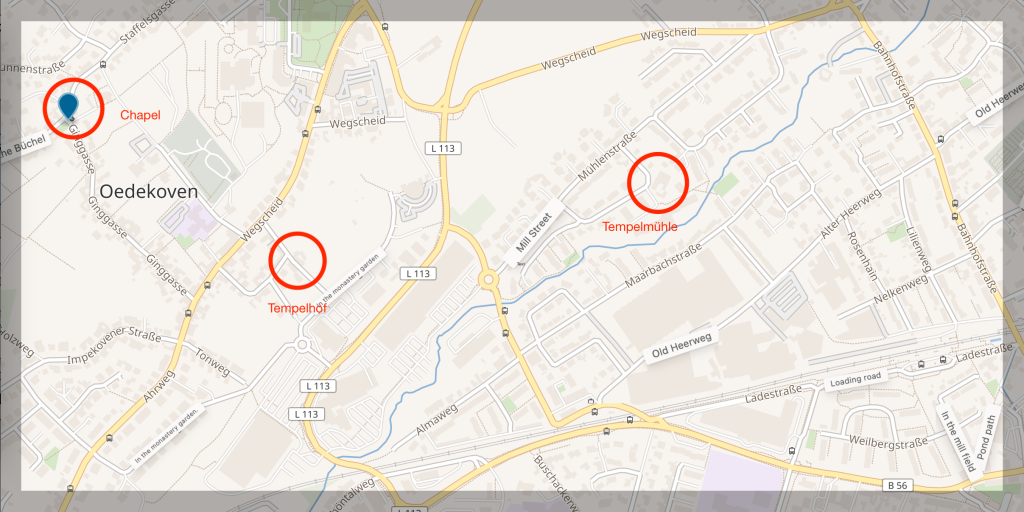
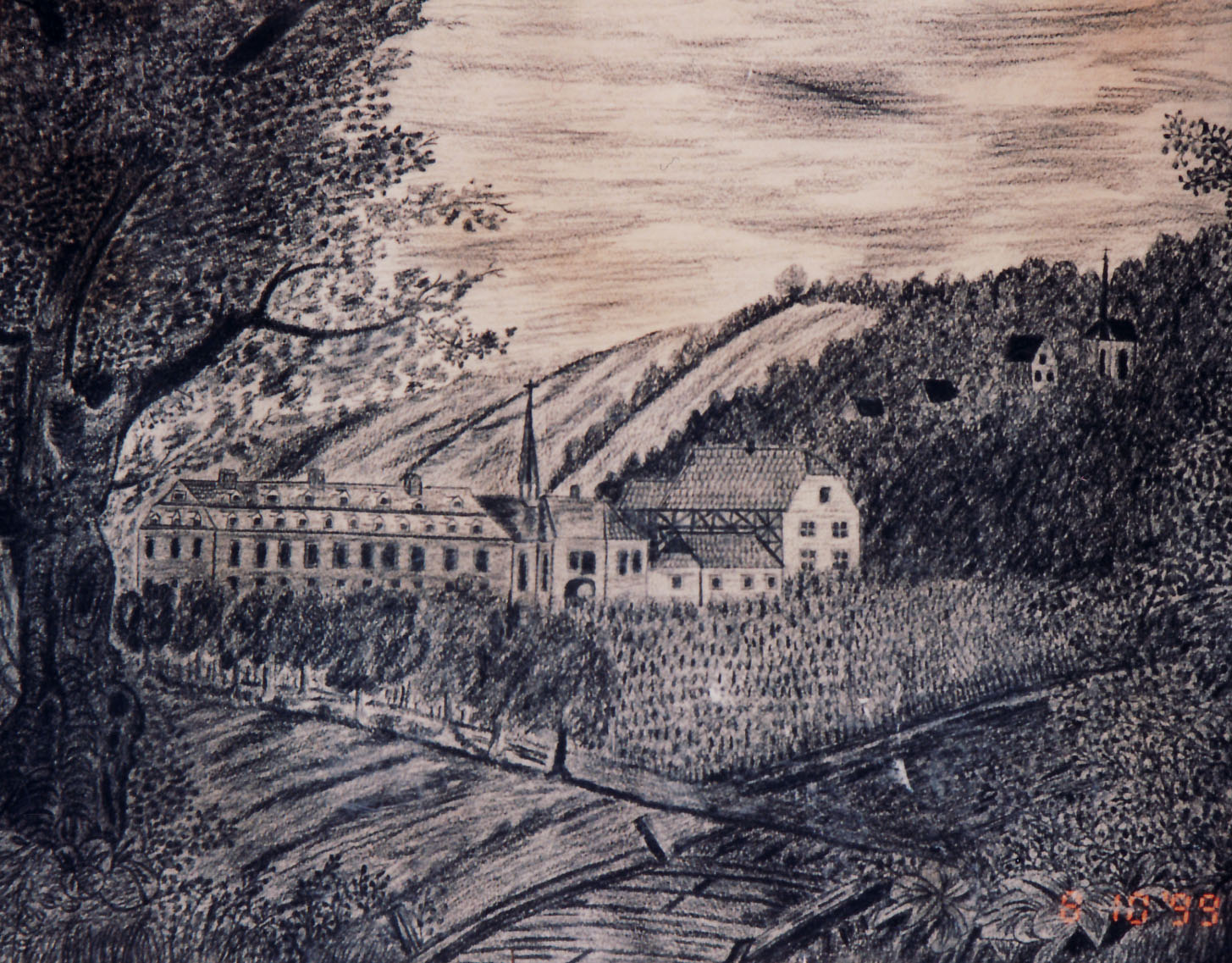
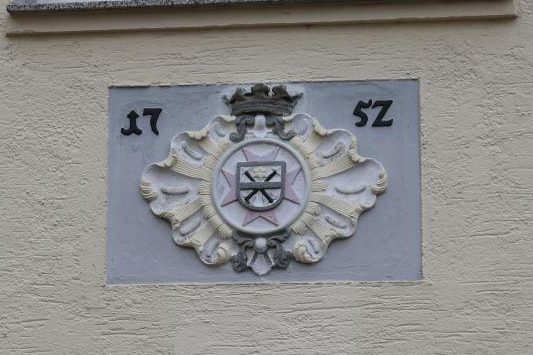
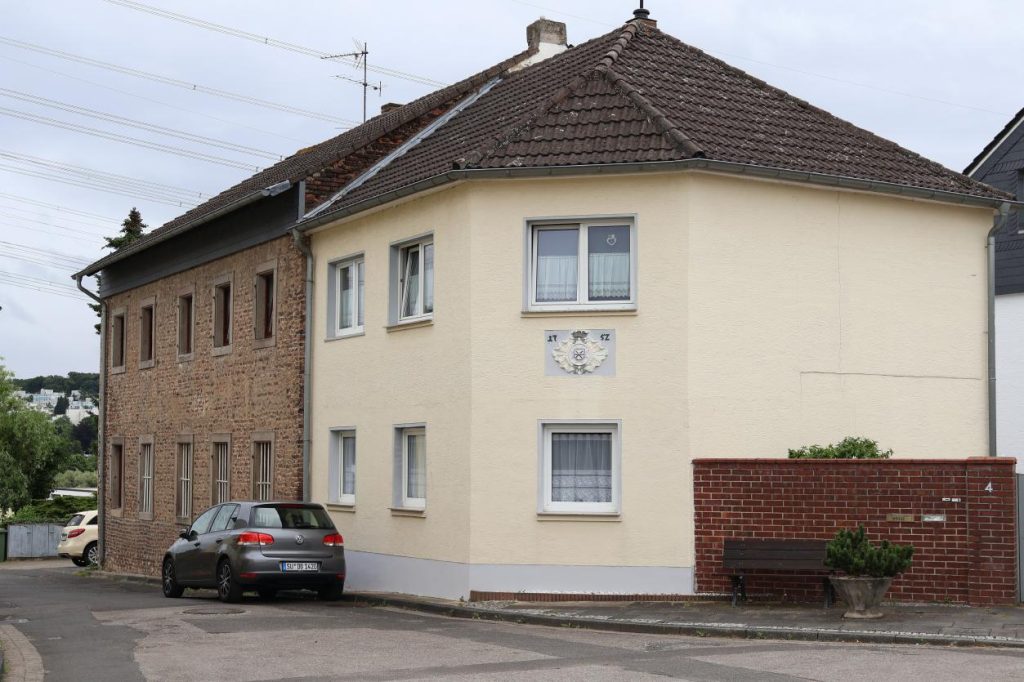

I can’t even imagine what it would be like to walk through that place!!! It’s so beautiful!
I SO hope to go one day. Just to stand outside of the building and to try to get a feel for what it must have looked like all those years ago. Someday. Hopes and dreams.